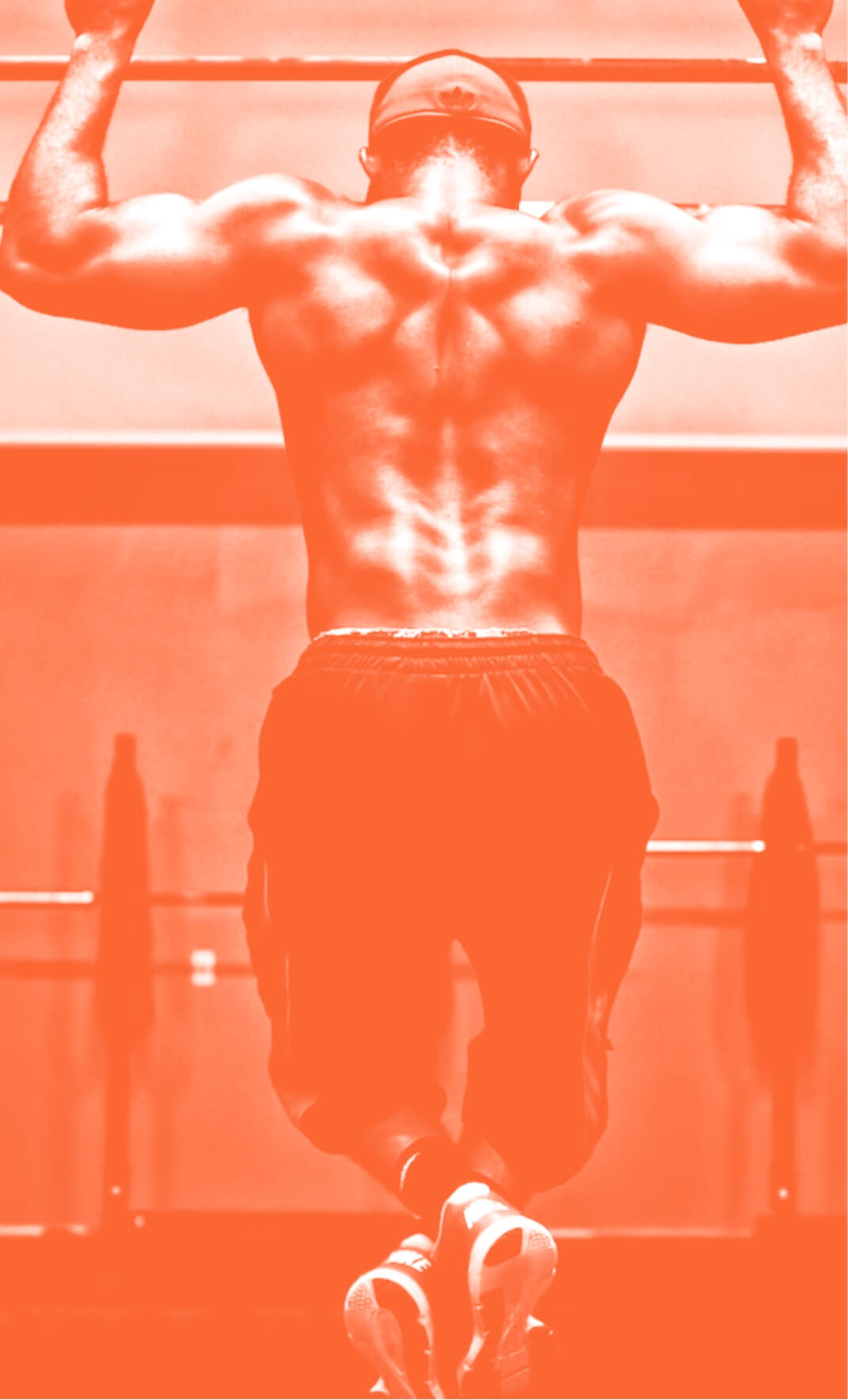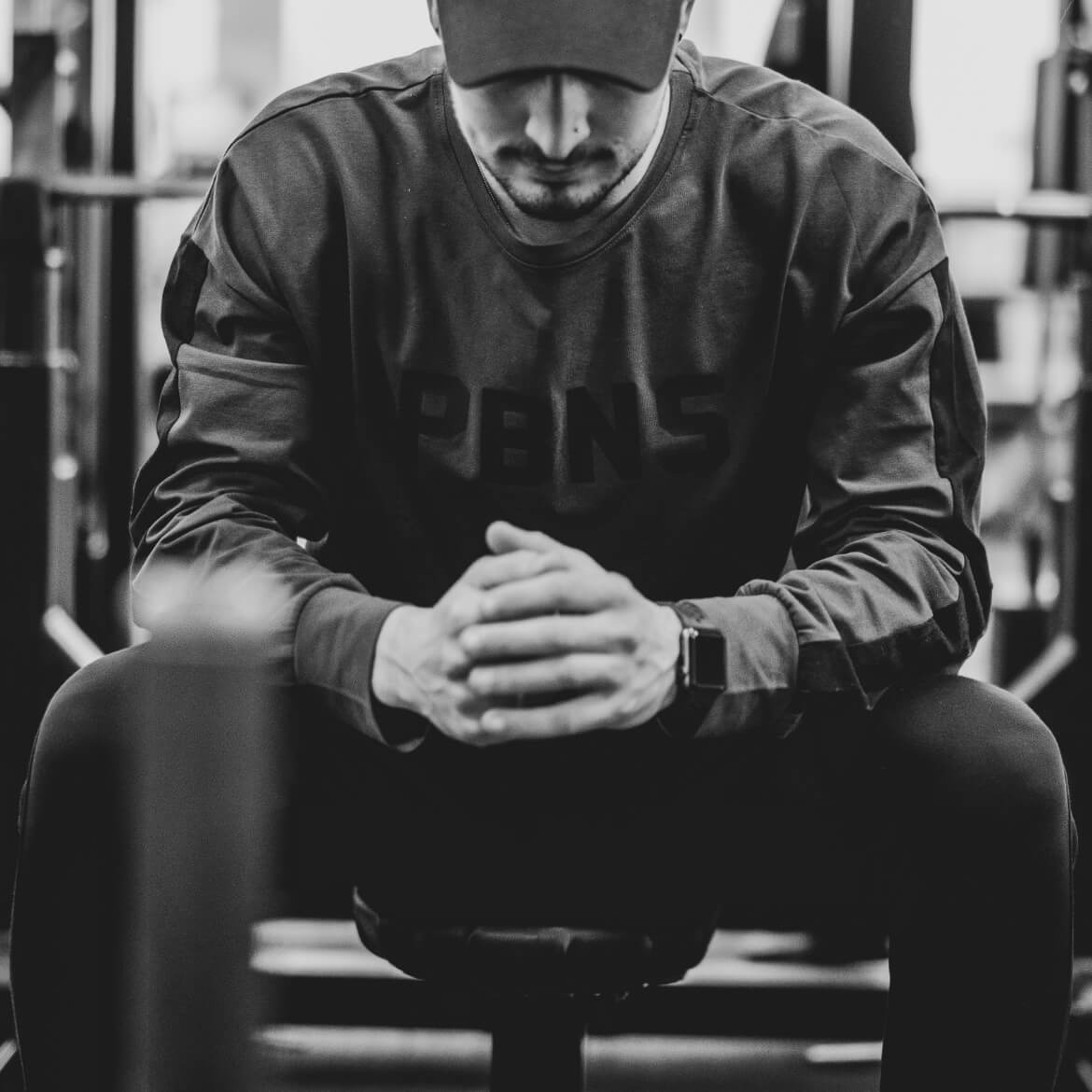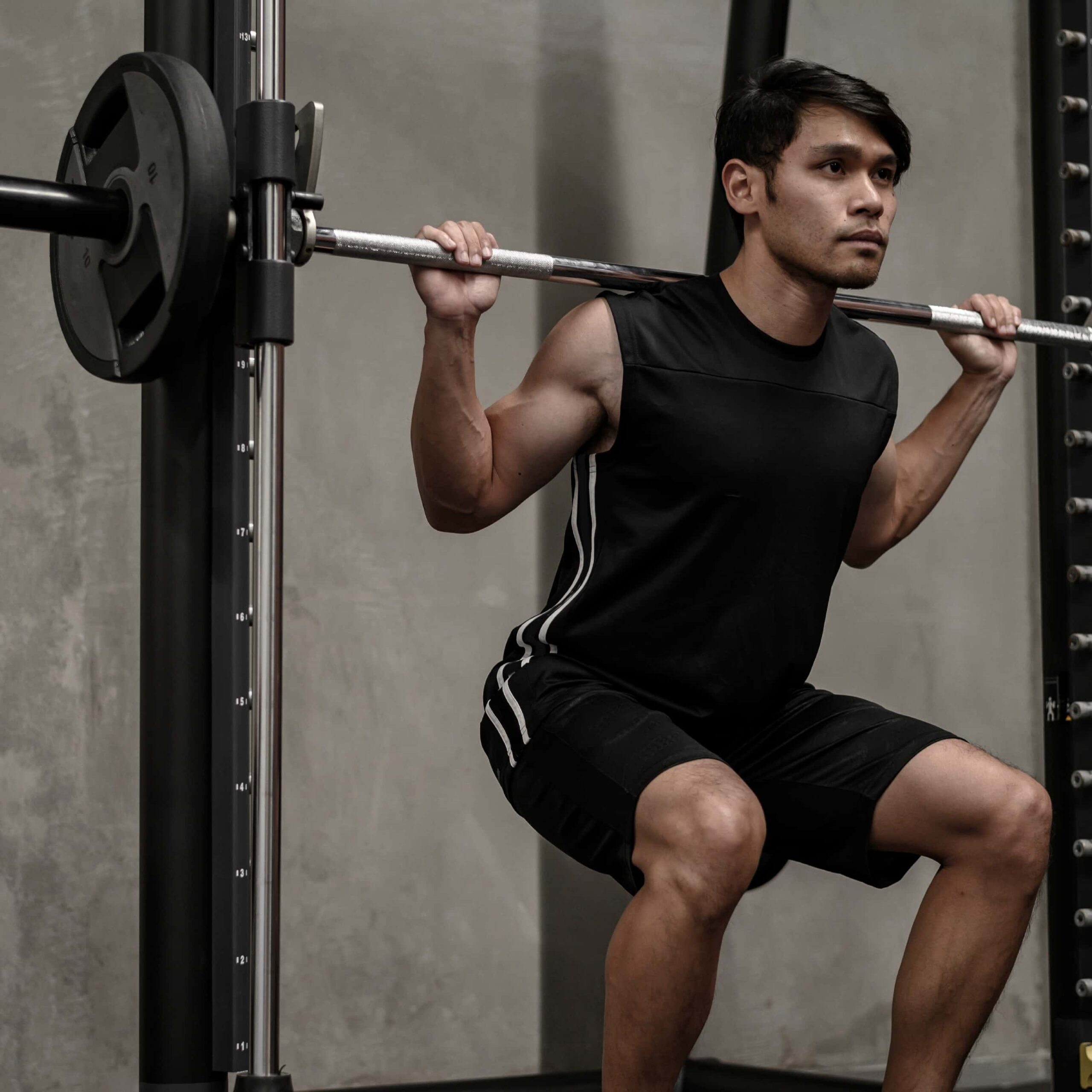The Fundamentals of Flexibility
15th Apr 19

Fitness goals can range from pretty much anything related to your body, from helping you create a better body image for yourself all the way through to generally being healthier and happier to deal with everyday life. One goal that isn’t always the first thing to come to mind, however, is flexibility. It’s one of the less popular aims to go for, but it is actually a great way to ensure that you’re keeping your body in peak condition and reduce your risk of injury.
It sounds easy, but you’d be surprised at how many people who regularly train have very poor motion ranges. Here, we’re diving into some of the key benefits and ways for why and how to be more flexible.
Want to move fast? Jump to the right section below.
- What Is Flexibility?
- Why You Need Flexibility
- What Flexibility Does For You
- Flexibility Exercises
- When To Do It
- Medical Benefits
What Is Flexibility?

Flexibility isn’t just how far you can reach or how deeply into a stretch you can get yourself, either. There’s quite a lot more depth to it than meets the eye. Don’t get us wrong, these are examples of flexibility, but to really know your stuff, you need to know what it is and what is safe for you to attempt.
The realistic way to approach flexibility is to look at the more generalised overview. It’s generally defined as:
“The level to which you can move your joints or muscles to the fullest potential of their motion range without doing damage”
Different muscles and strength levels mean that your body has different requirements for how you use them. This means it can really vary from person to person.
Why You Need Flexibility

Once you know what flexibility is, you need to understand why it’s crucial. As you progress through life, you’ll find that different tasks and movements can really take their toll on different areas.
The more you do something, the more you become accustomed to doing it in the best possible way. If doing one of these tasks doesn’t use your whole range of motion, or you’re inactive, you will lose the ability to reach as far as you want to without training back into it.
It’s more than just an inconvenience, though. If your range of motion has deteriorated or isn’t the standard that it could be, it can be an injury waiting to happen. The most common injuries that you can sustain are often from inflexibility, like a pulled muscle. It can be a lot worse than a little pain from time to time, depending on how bad it is. In severe cases, you can pull more than just muscles and even end up tearing ligaments. Not fun!
What Flexibility Does For You

With anything in your training or fitness, generally, it’s a good idea to look at the benefits it can provide rather than just the risks that come with it. Increasing your flexibility doesn’t just keep you safe; it can really enhance your training and make a lot of things in life generally more comfortable. It might seem obvious or even go without saying, but don’t dismiss it!
An increased range of motion means that not only are tasks much easier, but your exercise routine can also be a lot more effective too. Weight training and cardio can both really benefit from a better motion range. You can really make sure that your form is spot on and that you’re doing the very best you can. The prevention of injury is vital, and this is the best way to ensure it.
Flexibility Exercises

Plunging into the nitty-gritty of what you can do, there are a few different techniques that you can use. They depend on where you’re starting from, like if you’re recovering from an injury or exercising with a medical condition, or you’re a gymnast trying to perfect your routine.
Some of the most popular ways to do it are focused on stretching thoroughly as a workout. The most recognised of these is Pilates or Yoga, but stretching is a tricky thing to master.
Yoga
The biggest and most popular way for people use to improve their flexibility is through yoga. It’s an incredible way to exercise the body and the mind and keep you at your physical peak. There are beginner poses and extremely advanced poses, depending on where you are. You’ll soon progress your way through.
Many of the poses that are involved mean that you need to use a vast range of muscles to put yourself in these positions and even more to make sure you can stay in them. This means that you get a full-body workout, and you’ll be using your core a lot more than you would for other styles of exercise. This will increase your strength as a result.
Pilates
Pilates is more of a core strength-focused exercise above anything else, which is where the difference comes into play between that and Yoga. In Pilates, stretching is a by-product rather than a focus like it is in Yoga, and that’s the real difference.
On the flip side, though, Pilates again stresses this effort on your core, and as such, it still needs you to perform these stretching exercises that will push your motion range to its limit and is one of the best ways to do it safely. A lot of the equipment used in Pilates also means that it can offer you support and resistance. This is always one of the best ways to ensure that you’re doing what’s best for your own body and your specific skill set to train safely and effectively.
Stretching

Outside of these specific kinds of training, there are things that you can do on a more regular basis that doesn’t require so much dedication, skill or balance. Both dynamic and static stretches can be used effectively to improve your flexibility and your performance in your training and out of it if you use them correctly.
Dynamic
Dynamic stretching is the stretching that you are going to be doing before a workout. It makes sure that your muscles are in the best shape possible without relaxing them too much, as static stretching does. Simple exercises like general warm-ups, jogging, jumping, kicks, anything that involves a dynamic movement really. This ensures that your muscles are oxygenated properly with good blood flow, and they are ready to perform while still using your full motion range during the stretches.
Static
Static stretching, on the other hand, is a different game. This type of stretching is for post-workout, as it relaxes your muscles and aids in recovery. There are so many various stretches that you can do to get this, but anything where you’re stationary is an excellent way to play. You can also do them without a workout, too, though, such as 5 minutes after you get out of bed. It makes sure that you’re limber throughout the day and your muscles aren’t under any more stress than they need to be.
When To Do It

When you can stretch is another interesting point that you need to keep in mind if you’re going to try to improve your abilities seriously. Like all fitness goals, it’s very easy to overtrain and do more bad than good for your body. One of the most common ways this happens is overuse of your muscles and ligaments, which will ultimately lead to a similar result across the board from overtraining.
So, exercising with dynamic stretches pre-workout and static post-workout is great, but what about outside of training. It’s recommended that you stretch every major muscle group in your body (see here for chest, back, arm, and leg stretches) and that you’re doing it around 2-3 times per week. This allows you time to recover and make sure that overtraining isn’t occurring. You are still getting more than enough to keep your flexibility in check too. You can do lesser stretches more often, even daily, but make sure you find the balance that’s right for you.
Medical Benefits

Your flexibility can be hugely affected by several medical factors in addition to your fitness levels. Too much flexibility training can also cause them, but for now, we’ll go over some of the ways it can help.
Arthritis
Arthritis can be a very difficult affliction to manage. It’s renowned for limiting ability and motion on ranges, only worsening as time goes on. It really is debilitating, but training using styles like those we’ve talked about, as well as other training styles like weight training, can really help to make sure the swelling is reduced and blood flow is still strong, keeping you in the best and most painless condition that you can be in.
As your muscles and ligaments strengthen and grow, you add an extra layer of cushioning for your joints. This makes it a win-win situation if you train in the right and safest way.
Tendonitis
Too much stretching can act in the same way as too much of any exercise. As a result, it can be a dreadful way to get or even worsen a case of tendonitis. As you’re using your muscles and your tendons to their limits to try and get the best stretches, you can easily extend a little too far or in the wrong way, or even just simply too often and give yourself repetitive strain, injury or tears, and these are not fun to deal with. Make sure that you only train 2-3 times a week. It really is important.
Overall, exercising to improve your flexibility is a little more complicated than it first seems. It’s still an incredible way to enhance your overall fitness and help you throughout every aspect of life, no matter how fit you are, though. Like all training, make sure that you don’t overdo it. Keep safe, and it will pay off in both the long and the short term.

Before beginning any exercise or nutrition program, consult your physician, doctor or other professional. This is especially important for individuals over the age of 35 or persons with pre-existing health problems. Exercise.co.uk assumes no responsibility for personal injury or property damage sustained using our advice.
If you experience dizziness, nausea, chest pain, or any other abnormal symptoms, stop the workout at once and consult a physician or doctor immediately.









